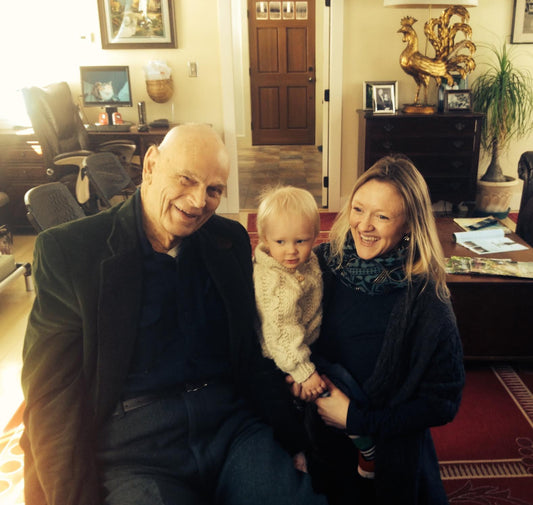News from Green Mountain Hooked Rugs
We’re not in Kansas Anymore…
Auntie Em, a twister, a twister! That right folks, we were caught smack dead in the eye of the storm. But not to worry, we all made it and more...
We’re not in Kansas Anymore…
Auntie Em, a twister, a twister! That right folks, we were caught smack dead in the eye of the storm. But not to worry, we all made it and more...
A Wealth of Creativity
I’m surrounded by a wealth of creativity! Recently, two of my long-time employees brought in several projects that were quite different from our usual rug hooking. Vicki read about ‘Quillies’...
A Wealth of Creativity
I’m surrounded by a wealth of creativity! Recently, two of my long-time employees brought in several projects that were quite different from our usual rug hooking. Vicki read about ‘Quillies’...
Remembering Jackie Hoke
We received an email from Mary Ellen Moir about the passing of her mother, Jackie Hoke. Mary Ellen writes, "My mother, Jackie Hoke, a long time rug hooker, passed away...
Remembering Jackie Hoke
We received an email from Mary Ellen Moir about the passing of her mother, Jackie Hoke. Mary Ellen writes, "My mother, Jackie Hoke, a long time rug hooker, passed away...
Who Needs Insulation When You Have Wool?
Well the weatherman is finally calling for our first big snowfall here in Maine tomorrow and I find myself crossing my fingers in the hope that he's right! All autumn...
Who Needs Insulation When You Have Wool?
Well the weatherman is finally calling for our first big snowfall here in Maine tomorrow and I find myself crossing my fingers in the hope that he's right! All autumn...
How much wool do I need? Teach me to Fish!
There is nothing more frustrating for a textile artist then getting half way through your project, realizing you ran out of wool and to add insult to injury, you can't...
How much wool do I need? Teach me to Fish!
There is nothing more frustrating for a textile artist then getting half way through your project, realizing you ran out of wool and to add insult to injury, you can't...

Seasons Changing
My grandfather, Winthrop “Wink” Ashworth, has been on my mind a lot this week. With the changing of the seasons in my little village of New Gloucester, Maine, I have...
Seasons Changing
My grandfather, Winthrop “Wink” Ashworth, has been on my mind a lot this week. With the changing of the seasons in my little village of New Gloucester, Maine, I have...